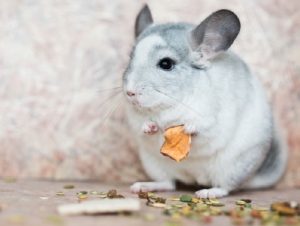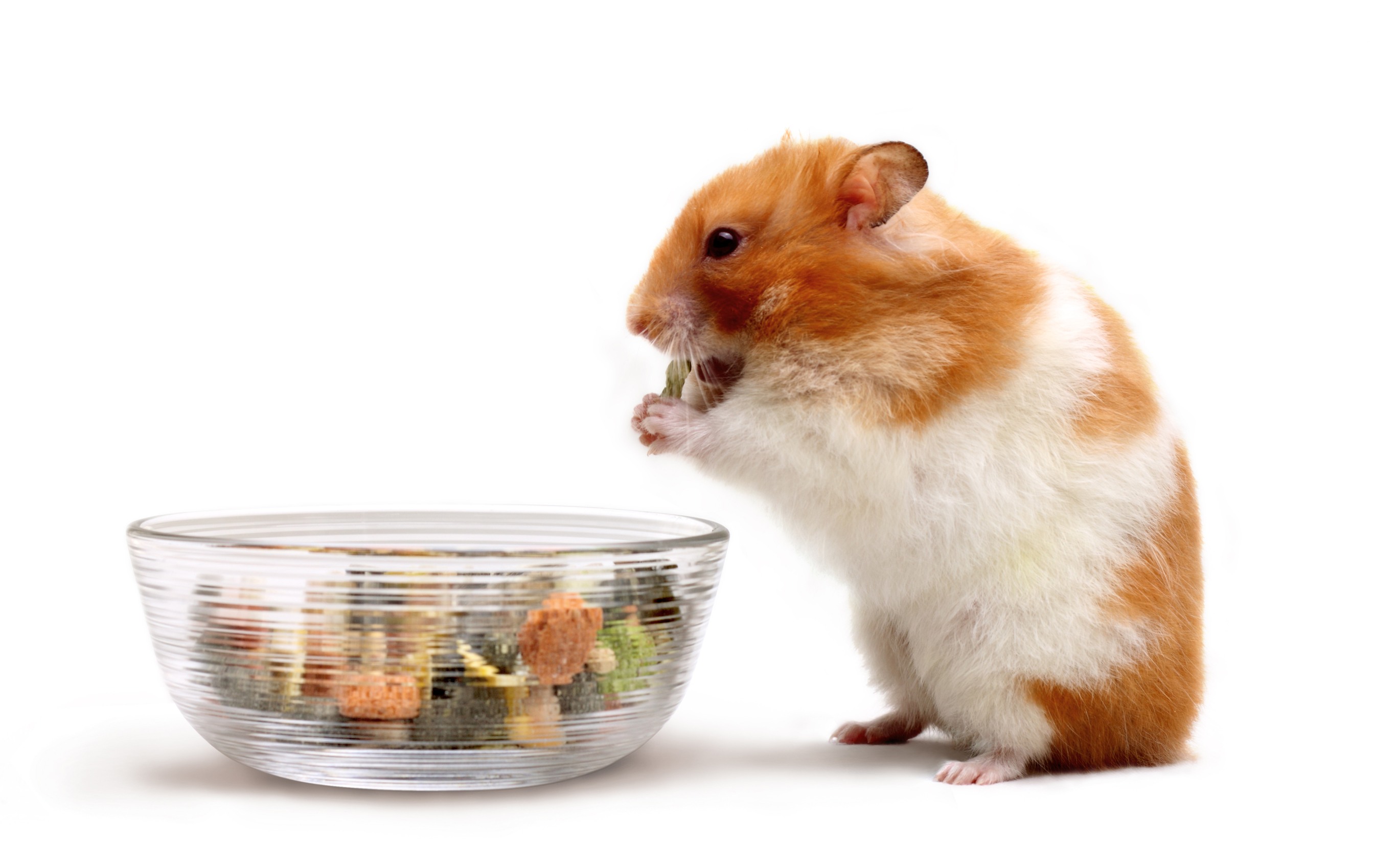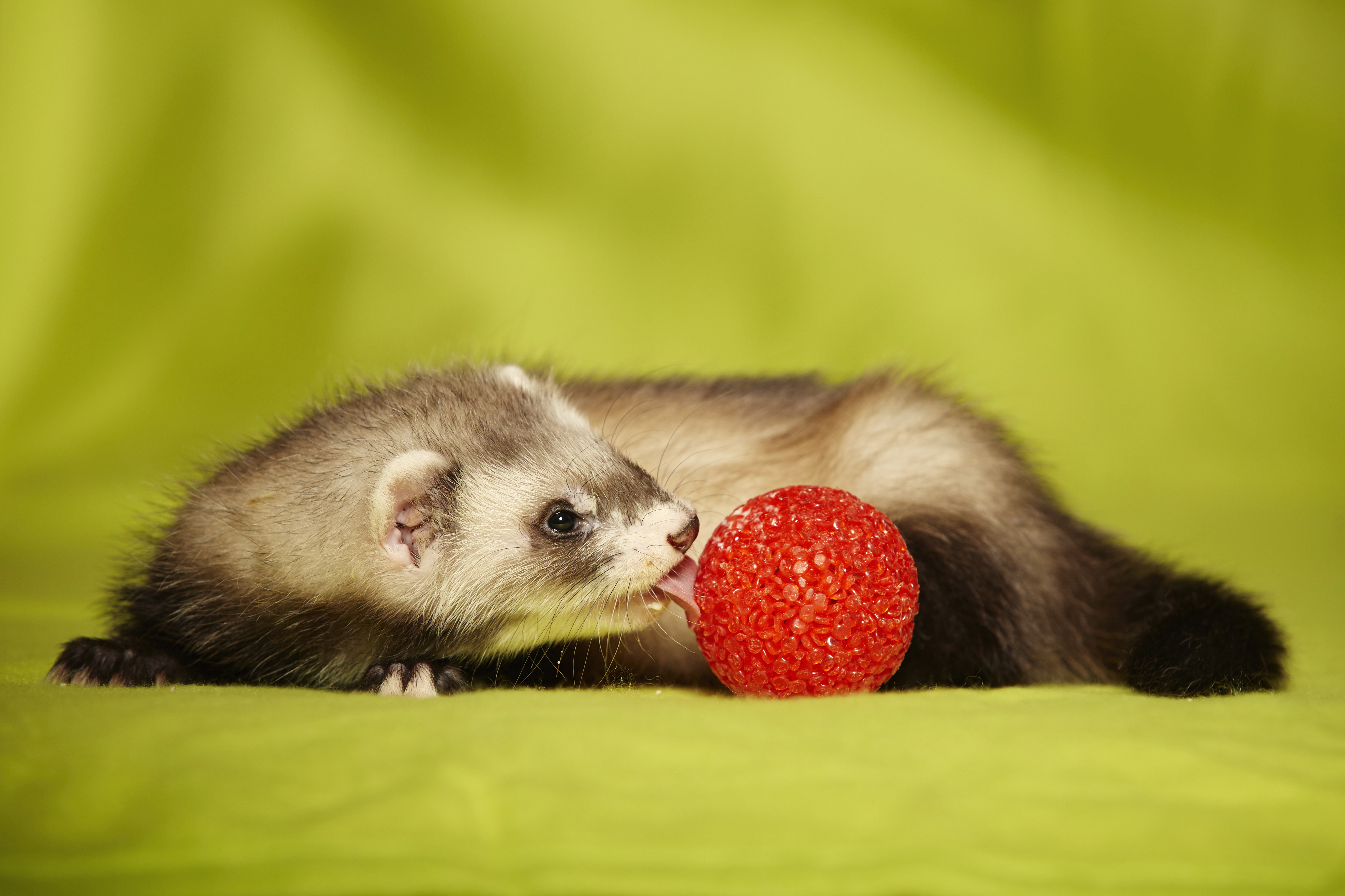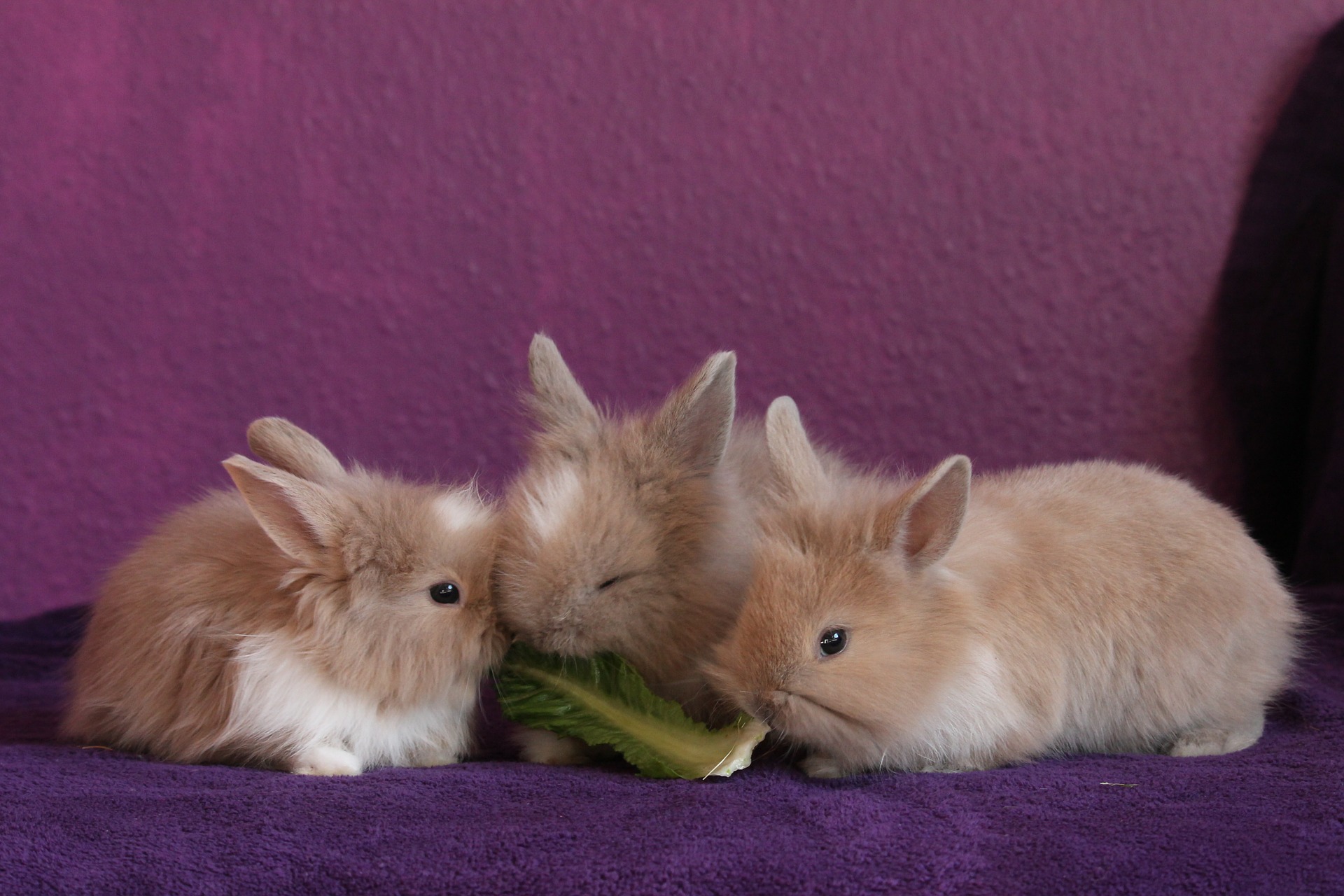Crunch Time for Small Animals
Erik J. Martin //June 30, 2017//
Here’s some food for thought: Consumers are no longer content with the fast-snatch grab-and-go approach to small animal food shopping. Today, they care about the contents, and they’ll spend more time in your store reading the label on a package of edibles, according to the experts.
That makes it all the more important to carefully select the brands you want to stock and the message you want to convey to patrons increasingly on the hunt for healthier primary diet products.
High-Quality Recipes
“People nowadays seem to be paying a lot more attention to nutrition when it comes to their pet’s diet. They’re leaning toward products that have shorter, more recognizable ingredient lists. And they’re more aware of specific ingredients that may be ideal for their pets,” said Phoebe Stanley, associate marketing manager for Vitakraft Sunseed, Inc., a Bowling Green, Ohio-based maker of over 500 products for small animals, birds, horses, dogs and cats.
Nick Kuhn, owner and manager of Pets & Such, a solo pet store in West Valley City, Utah, agrees.
“After price, the primary factor that sways a customer to purchase a small animal
food is the contents inside,” said Kuhn, whose biggest seller is Kaytee’s Forti-Diet Pro Health line. “They’re looking for more natural ingredients. To respond to this demand, more manufacturers have revamped their packaging to promote this. They’ve made their labels more appealing to the eye, and many now offer clear packaging so we can see exactly what’s inside the bag.”
They’ve also promoted preferred nutrients more prominently on the label and marketing materials. For instance, Mazuri’s Rabbit Diet with Timothy Hay touts Lactobacillus and Enterococcus strains of probiotics, natural vitamin E and omega 3 fatty acid-rich flaxseed. The carefresh Complete line boasts of “10 real fruits and vegetables like you’d find in a farmer’s garden,” including carrot, sweet potato, zucchini and peas. And Exotic Nutrition’s Pasture Plus+ Guinea Pig Food advertises its vitamin C-enriched formula containing natural flowers and herbs.
Lucas Stock, communications manager for Murdock, Nebraska-headquartered Oxbow Animal Health—the first company to introduce Timothy hay as a staple in the diet of small herbivore
s—says small pet owners want to invest in a primary diet they believe in.
“In most cases, this means a product with high-quality, recognizable ingredients,” said Stock, whose company recently launched Garden Select—an all-new food line that’s 100 percent complete and Non-GMO Project Verified. “For some, this means purchasing a brand that models their own nutritional preferences, such as an organic or non-GMO food.”
Diversity Helps
They say variety is the spice of life—and offering more variety may spice up your food sales, too.
“The more nutritionally correct options pet parents have in the aisle, the better chance they’ll make a choice that benefits both the immediate and long-term health of their pet,” Stock said.
On the other hand, retailers and their clientele alike may also benefit from the Costco approach to merchandising: stocking only a limited selection of carefully chosen SKUs.
“It’s easy for shoppers to get overwhelmed by too many choices on the shelf. So we weeded out the food products that didn’t sell much,” said Ryan Jutz, manager at Chuck & Don’s Pet Food and Supplies, a chain with 24 stores in the Minneapolis/St. Paul area. “Now, we only carry three different brands, including Oxbow Essentials, Supreme Russel Rabbit and L’Avian Plus. This makes it easier for the customers to pick from. Limiting diets to only a handful of key brands also makes it easier to train staff and recommend the right foods.”
Whatever brands retailers are considering adding to their set, it’s probably smart to offer choices from both major types of edibles: pelleted-only diets and all-in-one diets, Stanley suggests.
“Pellet-only diets are for pet parents that like to focus their companion’s diet on pellets that can be fed separately from hay and treats, while all-in-one diets focus on complete nutrition and convenience,” Stanley said.
She cites Sunseed’s Sun-Fun All-in-One—with its fruits and veggies, fortified pellets, and oven-baked cookies serving as appetizer, main course, and dessert in one meal—as an example of the latter.
A recent trend in all-in-one diets is to the rise of “gourmet” and “premium” tiers of products. Case in point: Brown’s makes an Encore Gourmet Foraging Feast for hamsters, guinea pigs and rabbits, filled with “delicacies” designed to be irresistible and stimulate the pet’s natural foraging instinct.
Be careful not to overlook hay as a shelf staple, either. Guinea pigs, rabbits and chinchillas require high-
fi ber long-stem Timothy or alfalfa hay for ideal digestion and maximum nutrition. While some brands include hay in their formula—like Sunseed Vita Sunscription Natural Timothy for cavies and rabbits—many do not. That’s where supplemental edibles like American Pet Diner’s Timothy Gold, Timothy Fiber and Mountain Grass come in handy.
Sales Tips To Chew On
To move more of these munchies off your shelves, train your employees thoroughly on what products, ingredients and nutritional benefi ts to recommend, and encourage them to use these products personally.
“There’s no better real-time testimonial than a store associate who’s willing to share with a customer why they use the product that they’re holding in their hand,” Stock said. Additionally, use shelf talkers provided by manufacturers and suppliers that can be displayed alongside primary diet goods, according to Stanley. “Gondola headers and instant redeemable coupons are other excellent resources that brands may have to off er retailers to help boost sales,” she said.
Jutz recommends capitalizing on special promotions and freebies off ered by companies whenever they’re available.
“We partner with Oxbow on its frequent buyer program,” Jutz said. “Customers who buy six bags of hay or food get a seventh bag free.”
Lastly, remember to keep a neat and tidy food section in your small animal aisle/area. Ripped bags, shelf clutter and items that are not clearly marked/priced can leave a bad impression on patrons. And hard-to-find foods can dissuade shoppers from repeat purchases.
“We keep all our small animal foods in one tight section across three shelves,” Kuhn said. “Premium products are on the top shelf at face level, and cheaper SKUs are on the lower shelves.”



















